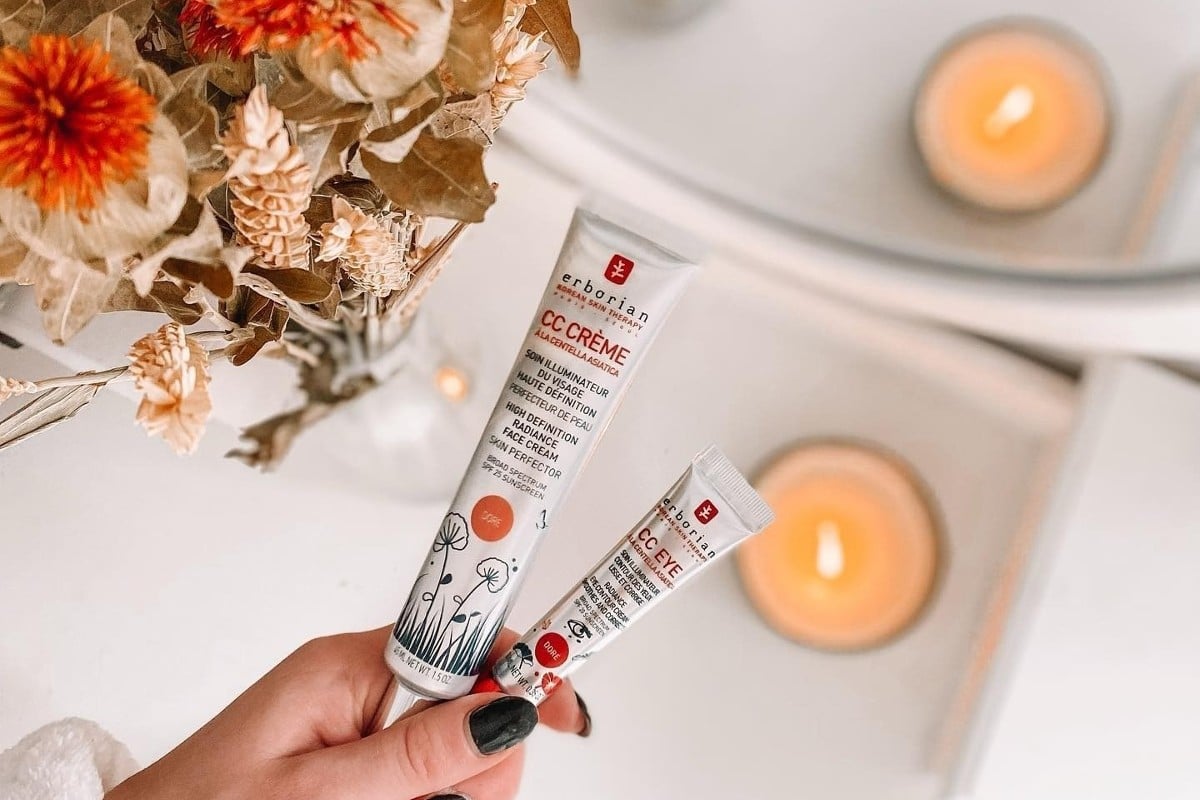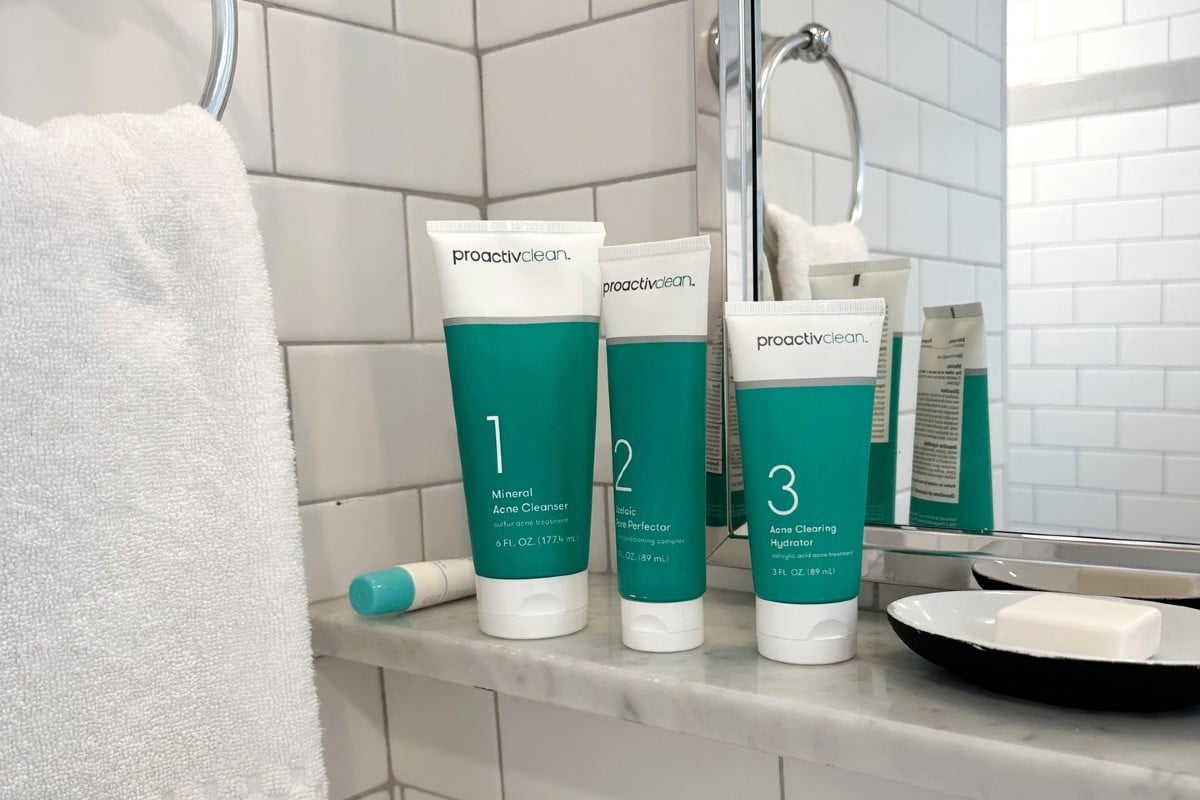Most people know willow bark extract as the natural and gentle alternative to salicylic acid, the renowned acne-fighter everyone praises. Since willow bark contains the substance from which salicylic acid is derived, counting these two ingredients as an alternative to each other couldn’t make more sense. But does it mean they have the same effects on the skin? And more importantly, is willow bark extract as effective in minimizing acne and reducing oiliness as salicylic acid? We’ve done the research and found all the answers you are looking for. So if you ever thought about the differences between willow bark extract and salicylic acid and what they have in common, here’s what you need to know.
What is salicylic acid?
Salicylic acid is a chemical exfoliant from the beta-hydroxy acid (BHA) family, mainly derived from natural sources like willow bark, sweet birch, or wintergreen leaves, but it can also be produced synthetically. Its main role is to shed away dead cells that accumulate on the upper layer of the skin, revealing more radiant and thicker skin.
Besides, as it’s oil-soluble, salicylic acid can penetrate at deeper levels through the lipid layers, where it can reach the pores and unclog them. Aside from unclogging pores, it also reduces oil levels, which is why it’s great to control oily skin too. Salicylic acid is one of the most effective acne treatments since clogged pores by excess sebum, dead cells buildup, and debris often lead to bacteria growth and breakouts.
What is willow bark extract?
Willow bark extract, derived from willow bark trees, is a natural source of salicin, a chemical similar to aspirin, from which salicylic acid can be derived. It’s known that willow bark extract contains a minimum of 5% salicin, but also tannins, flavonoids, and other minerals that come with multiple benefits for the skin.
Because salicin possesses powerful anti-inflammatory properties, willow bark extract has been used for centuries to relieve inflammations and pain. For the same reason, in skincare, willow bark extract can help soothe rough skin, irritations, and redness. More than that, topical application of salicin was found to improve facial wrinkles, fine lines, uneven skin tone, pigmentation, and skin firmness.
There’s also one study suggesting that willow bark acts as an antioxidant, thanks to its content of flavonoids, reducing cell damage caused by oxidative stress and thus preventing photoaging, aka early aging signs. Similarly, the tannins from the willow bark extract have astringent properties, meaning they can shrink pores and reduce oily skin.
Willow bark extract vs. salicylic acid
Have you noticed I didn’t mention anything about treating acne, exfoliating the skin, or unclogging the pores when talking about willow bark extract? That’s because willow bark extract, unlike salicylic acid, does lack most of these properties — at least there’s no scientific evidence to confirm it. Although the salicin in willow bark converts to salicylic acid once it’s absorbed into the body, the process takes place only in the presence of special enzymes that the skin doesn’t have. Salicylic acid is thought to be converted from salicin when digested but not when applied topically.
So indeed, there are a lot of differences between willow bark extract and salicylic acid. Not only do they work differently but have entirely other benefits for the skin when applied topically.
By no means is willow bark extract as effective as salicylic acid at exfoliating the skin, reducing sebum, or fighting acne. Even if it’s believed that salicin in willow bark has slightly exfoliating powers, there’s no study actually showing it. The astringent content and anti-inflammatory properties of willow bark could benefit both acne and oily skin, though. But it’s not working at deeper levels, where it can target the causes and eliminate them before they break out as salicylic acid does. At best, it alleviates acne inflammations, but nothing more.
However, willow bark extract is gentler and is doing better in other areas than salicylic acid. It can soothe the skin, alleviate irritations, increase antioxidant defense, prevent cell damage, and minimize aging signs.
Which one should you use?
Thanks to its pore-cleansing and exfoliating effects, salicylic acid is still the best at treating acne and balancing sebum. Willow bark extract helps too but is very unlikely to have the same results on acne as salicylic acid. On the flip side, willow bark extract benefits skin with its anti-inflammatory, antioxidant, and anti-aging properties.
If your skin can’t tolerate synthetic salicylic acid — mainly found in chemical products — you should try naturally derived salicylic acid. The synthesis process requires the use of chemical agents to stabilize the acidity pH of salicylic acid, making it more harsh and irritating for the skin. Naturally-derived products are not subjected to this process and carry out the same benefits but with fewer risks of irritations.
The verdict
The chances that willow bark can mimic the benefits of salicylic acid are not at all favorable. That, and also the amount of research on the skin benefits of willow bark extract, is limited, which doesn’t allow us to draw a transparent conclusion. Willow bark extract could still be considered a natural alternative to salicylic acid since it may address acne and oily skin, but certainly not as effective.





